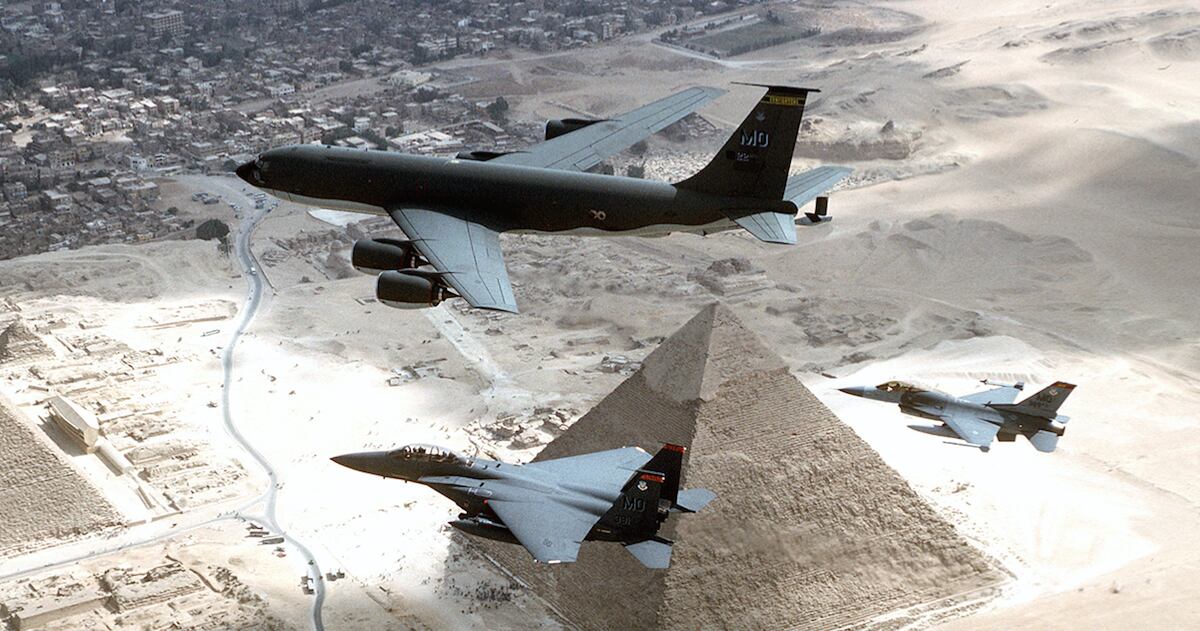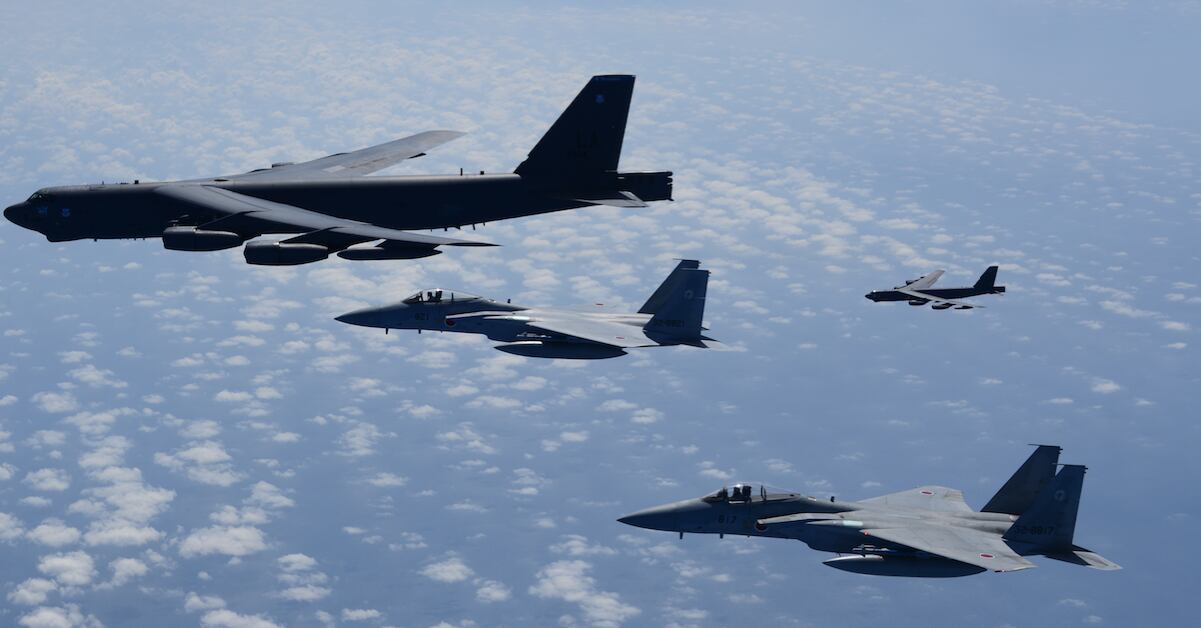Air Force Secretary Heather Wilson’s call for growing the service from its current size of 312 operational squadrons to 386 by 2030 in preparation for a possible conflict with Russia and China faced some scrutiny at a forum for Air Force leadership Tuesday.
The nearly 25 percent increase in squadrons is the lynchpin in the service’s “Air Force We Need” proposal, but policy experts appeared a bit more conservative on how much of that increase is actually necessary and feasible.
“I think it’s more compelling as a vision than a realistic plan,” Michael O’Hanlon, a senior fellow on defense policy at the Brookings Institution, said Tuesday. “Whether you’re for or against it, a 25 percent increase at a time when we’re not actually at war, in a major sense, with a great power is dramatic. It may be the best way to prevent such a war, and reinforce deterrence, but it is dramatic.”
The proposal is intended to provide the assets the Air Force needs to fight peer adversaries, defend the homeland, deter nuclear war, counter rogue nation-states and fight violent extremists.
“If you’re wondering how we pay for it, that’s a discussion of its own, but I think this is a great and bold move on [Wilson’s] part, and I stand behind it as best we can," said John Venable, a senior fellow at the Heritage Foundation and retired Air Force fighter pilot.

Wilson delivered the proposal during her keynote address at the Air Force Association’s Air, Space and Cyber Conference outside Washington, D.C., this week. Her speech referenced massive Russian military exercises, China’s development of its first aircraft carrier, as well the militarization of islands in the South China Sea to extend the reach of China’s long-range bombers.
Regardless, O’Hanlon said, Wilson’s proposal should not be taken literally, but instead as more of an aspiration that adds to the debate of how to approach a new era of great power competition.
“It’s probably a place we’re not going to get, and probably a place we don’t quite need to get, even though I recognize its value as an intellectual contribution by the Air Force,” he said. “And in that sense, it’s probably in the same realm as the 355-ship Navy aspiration ... which I don’t think will happen either.”
RELATED

O’Hanlon cited the large national budget deficit as the biggest reason for pause. Dealing with that will require sacrifices from agencies across the U.S. government, including the Defense Department.
However, base closures, scaling down current wars abroad and streamlining logistics are ways the U.S. military can carve out more room in its own budget for its modernization goals, according to O’Hanlon.
“Any increase in the size of the Air Force is going to have to come out of some other defense program, in all likelihood,” O’Hanlon said.
Venable concurred, but was more optimistic about the increase.
“There is money you can manage in the budget,” Venable said, noting that between fiscal years 2017 and 2019, the research and development line in the Air Force’s budget increased by roughly $10 billion.

“That money can be applied to men and equipment quite readily,” he said.
Venable projected that all the assets needed to grow the Air Force to 386 squadrons by 2030 would cost a little more than $80 billion on top of the current budget.
“If you take that $10 billion ... each year for the next 10 years, the budget could stay relatively stable,” Venable said.
The intelligence and planning that led Wilson to her 386-squadron proposal is classified, but O’Hanlon suggested it was likely meant to address a few China-themed scenarios.
“My suspicion is some of what we’re trying to do is, for example, break a Chinese blockade of Taiwan robustly and directly," he said. “Or, if the Chinese were to grab some Senkaku islands from Japan, to go in and do a liberation with very few casualties.”
“These are worthy aspirations, but they may not be the best battle plans for all scenarios," O’Hanlon said. "I think there are certain kinds of scenarios where we actually need to be more creative rather than fall back on a traditional operating conditions plan, which might be what is justifying the 386 number.”
O’Hanlon conceded that a great power war offers many more uncertainties than current conflicts against insurgencies in the Middle East. As a war unfolds, stateside bases could be hit, squadrons en-route to an objective could be intercepted, and cyber systems could be compromised.
“There are huge uncertainties, and most of these argue in favor of a larger Air Force,” he added. “I’m not trying to make a purely dovish argument, I’m simply trying to remind us of what we don’t know based on the calculations that have been done, that had to make a lot of assumptions about scenarios and losses.”
Kyle Rempfer was an editor and reporter who has covered combat operations, criminal cases, foreign military assistance and training accidents. Before entering journalism, Kyle served in U.S. Air Force Special Tactics and deployed in 2014 to Paktika Province, Afghanistan, and Baghdad, Iraq.








